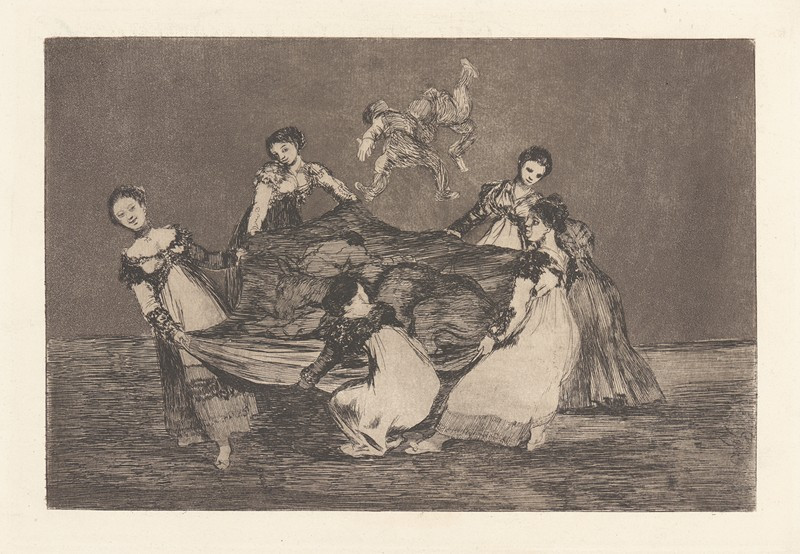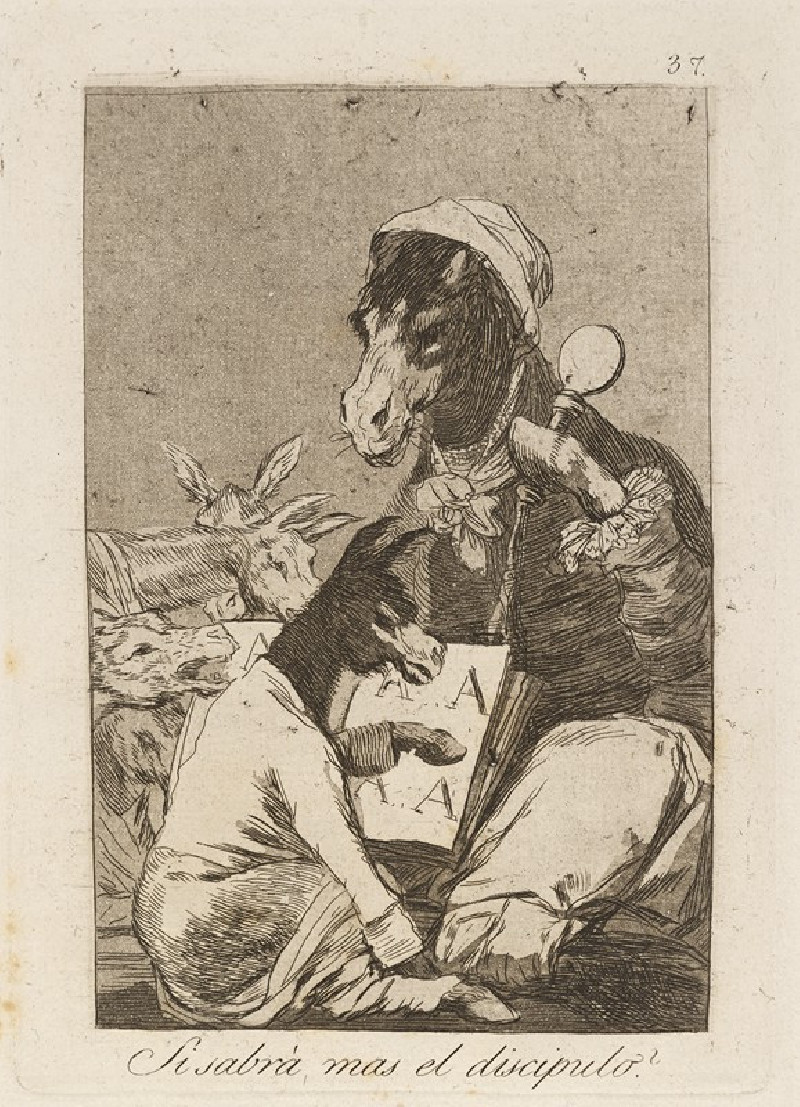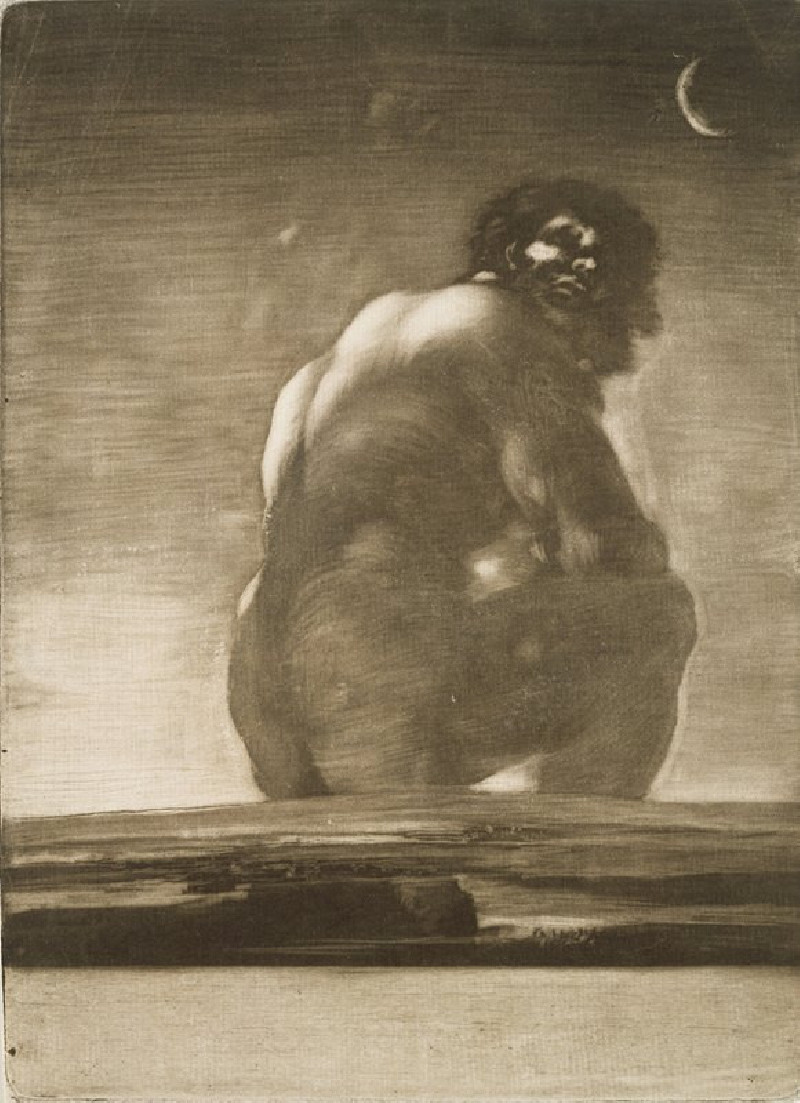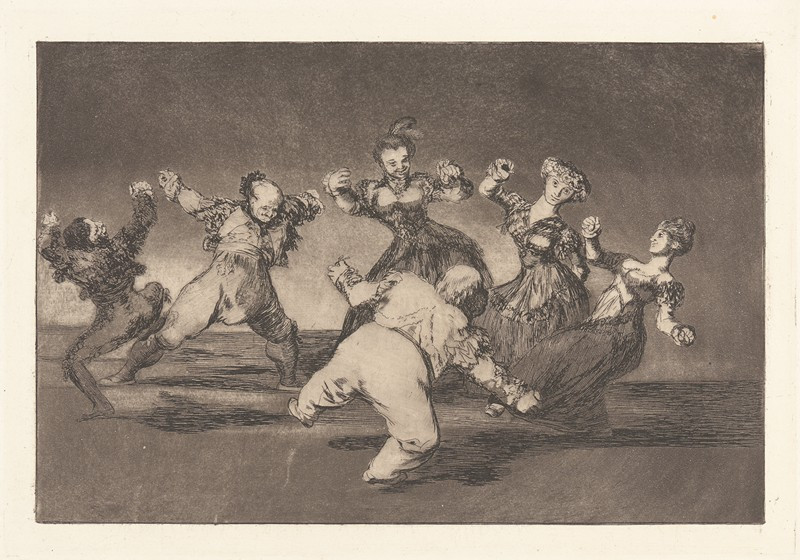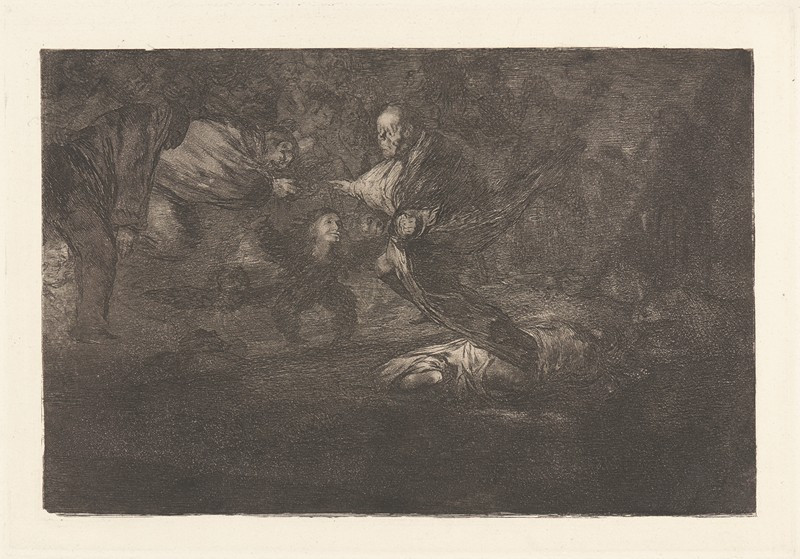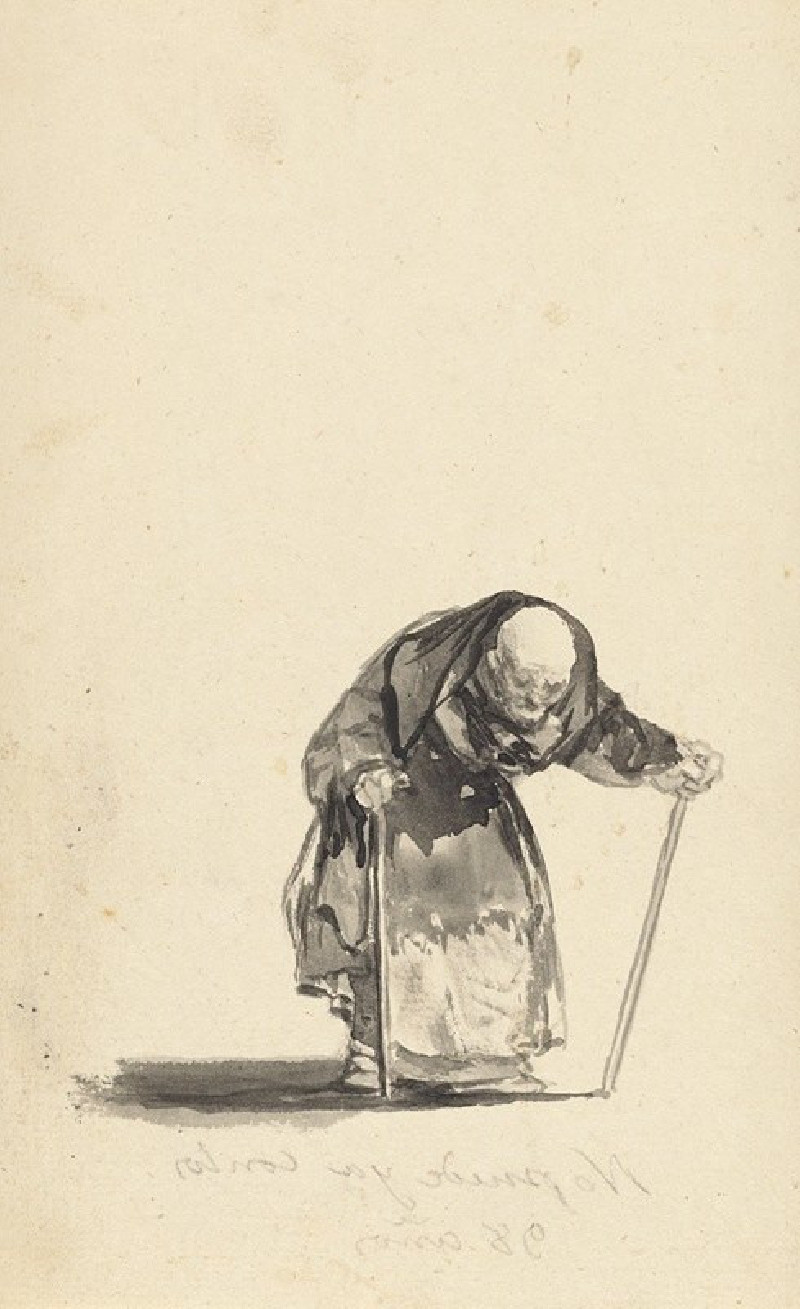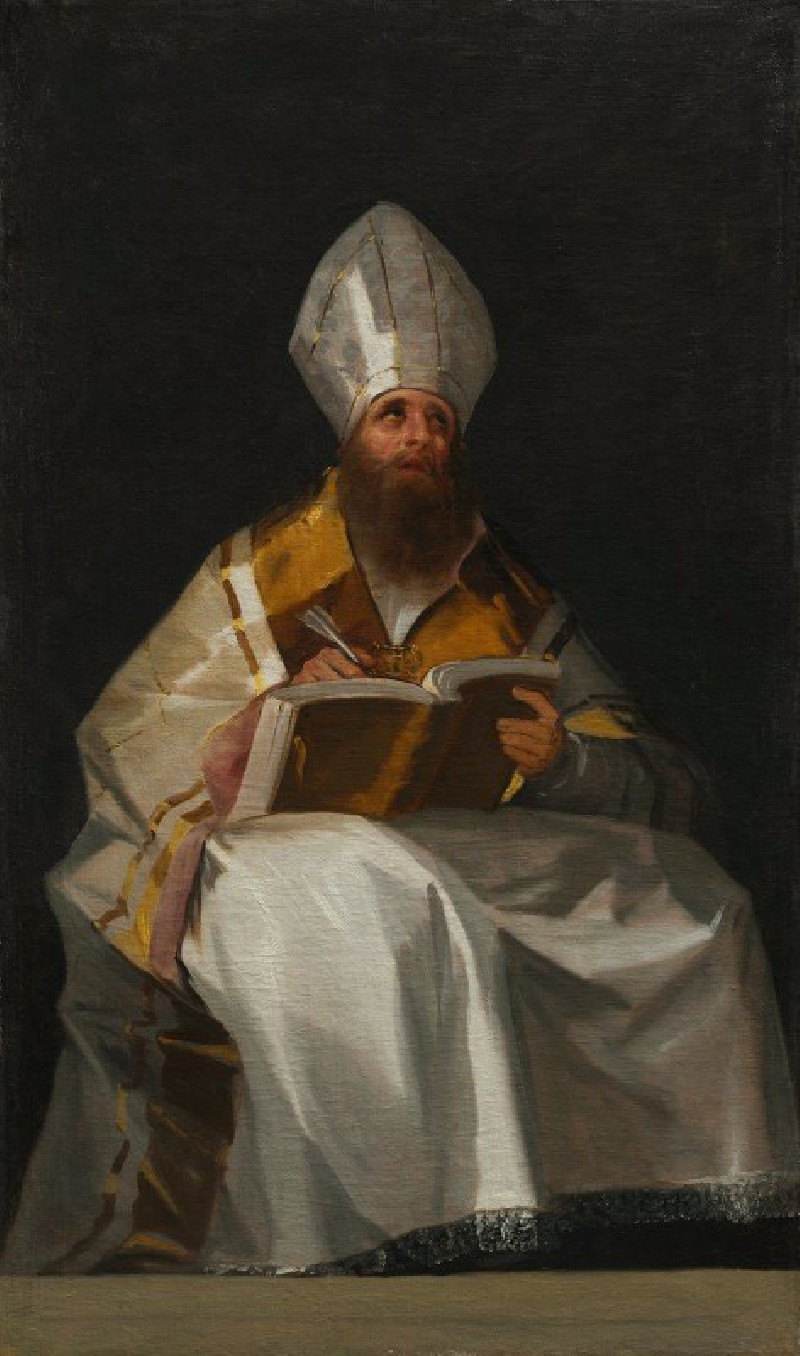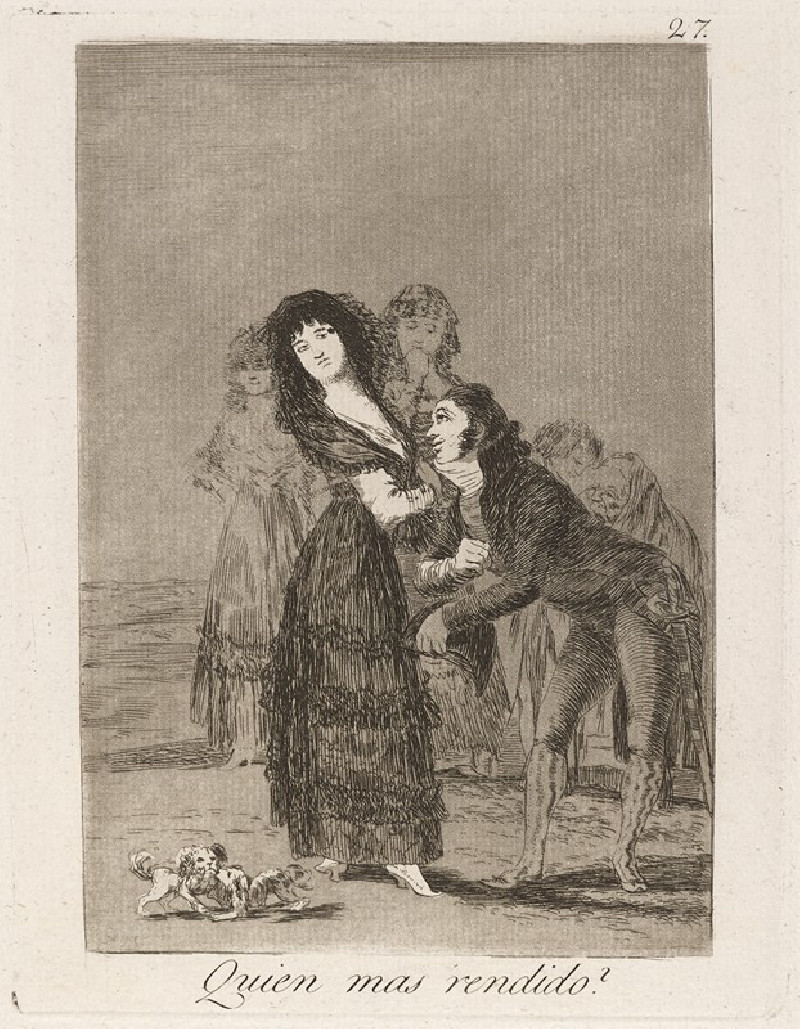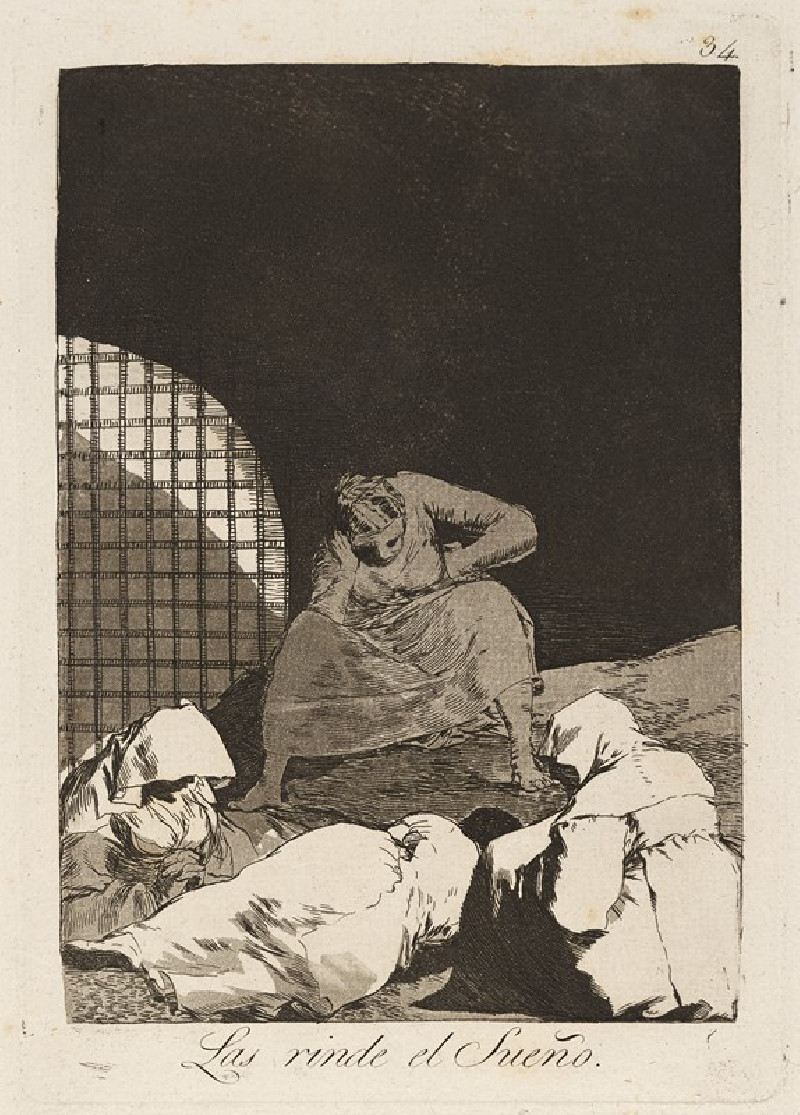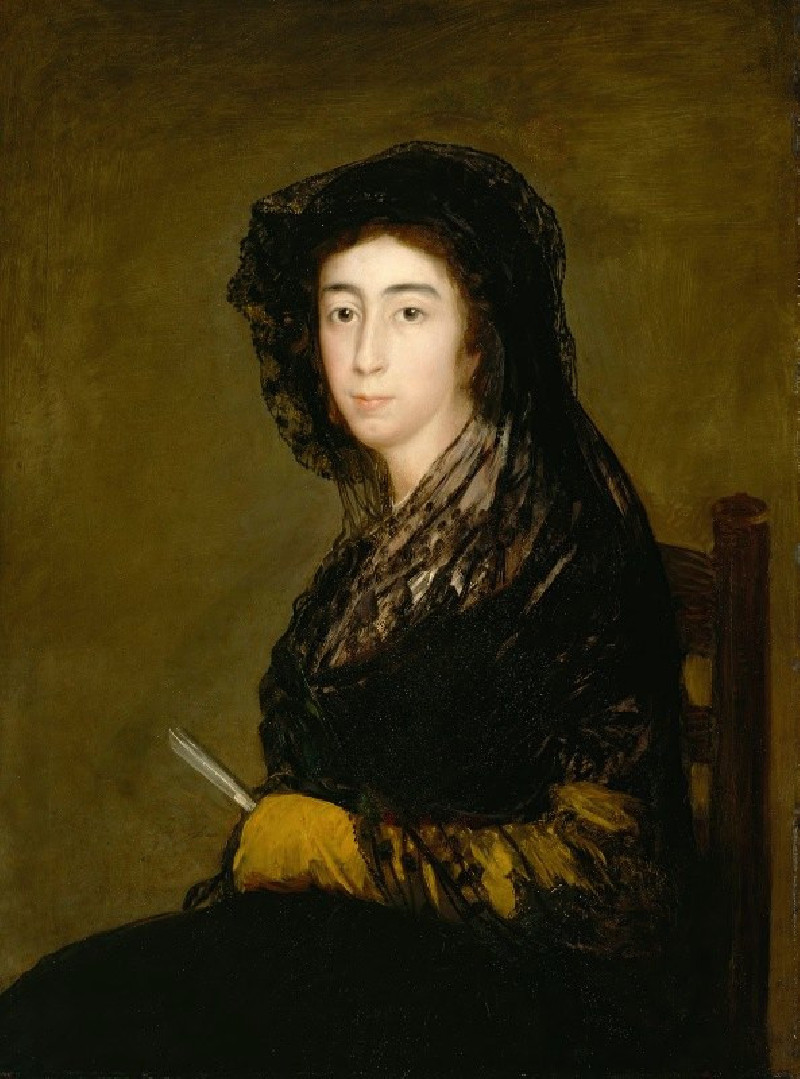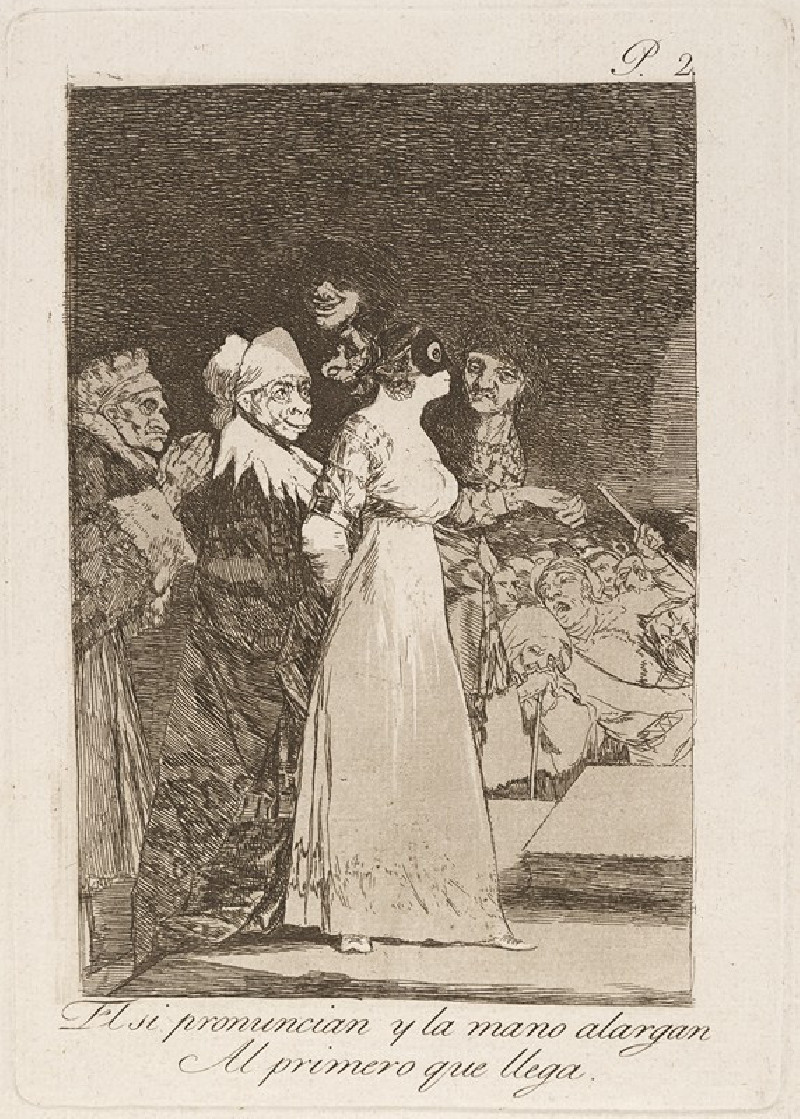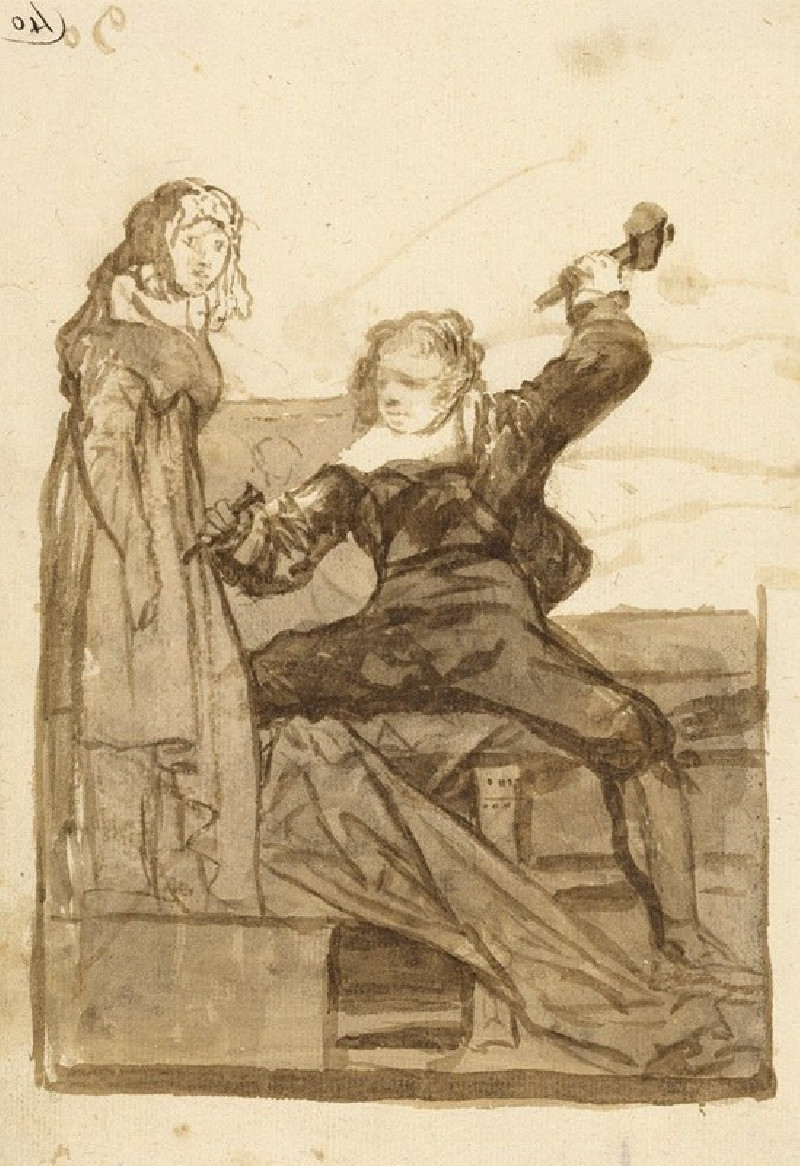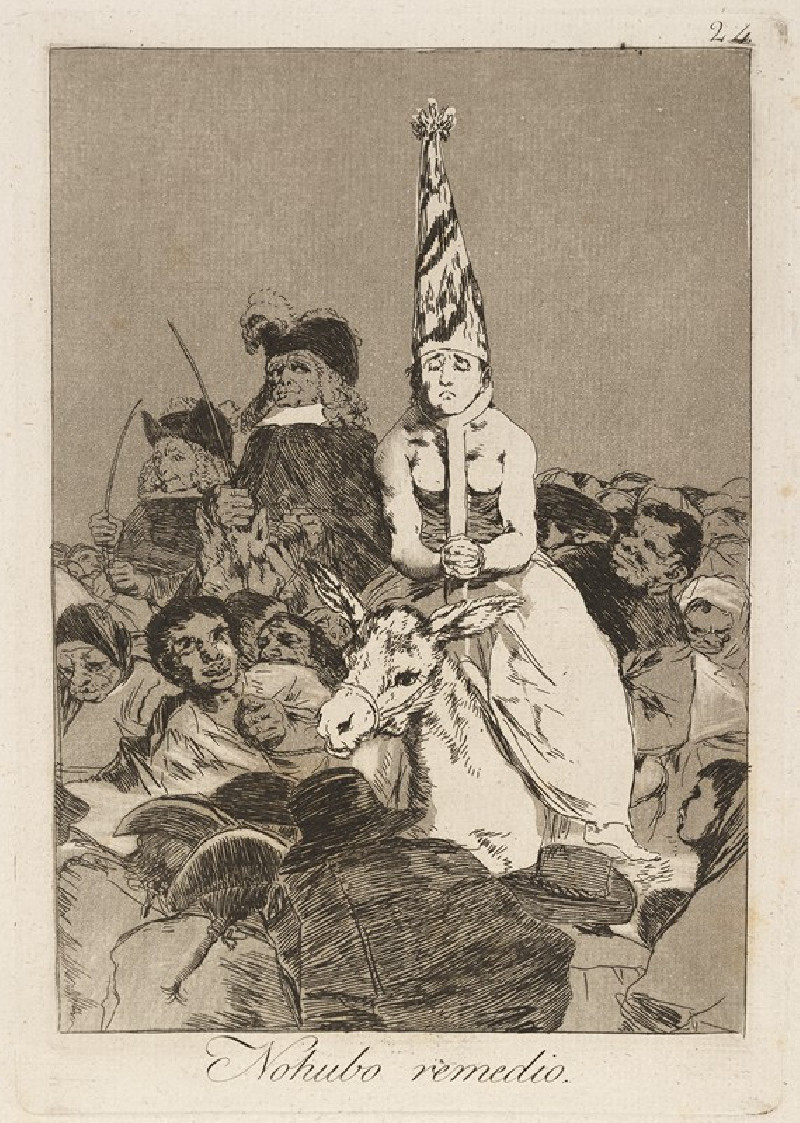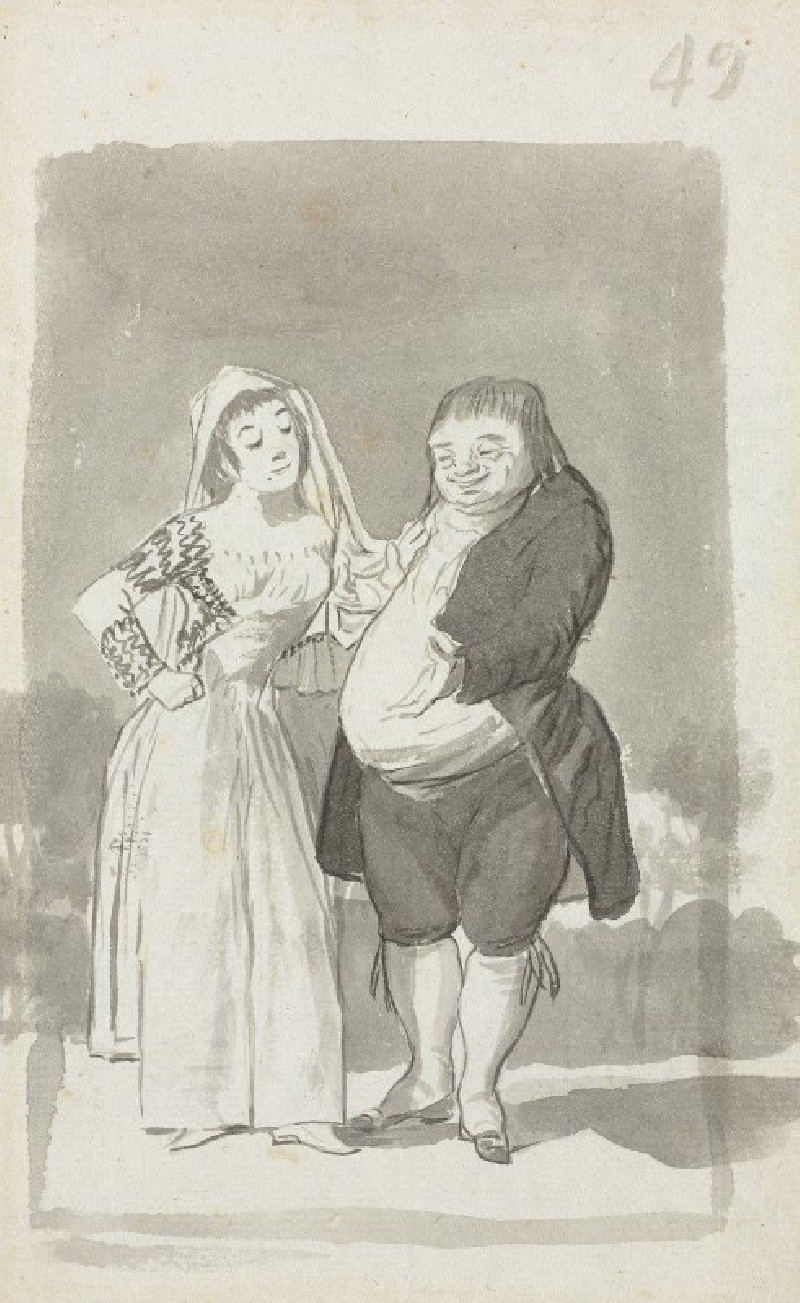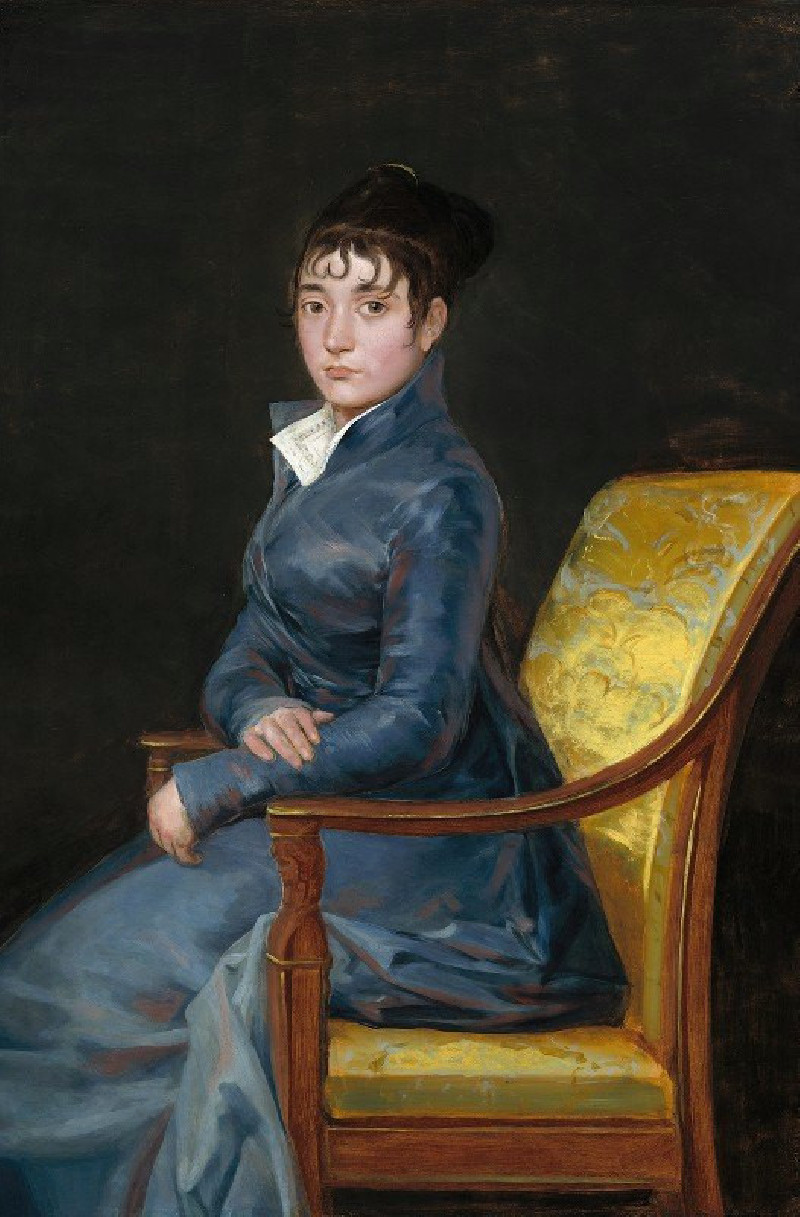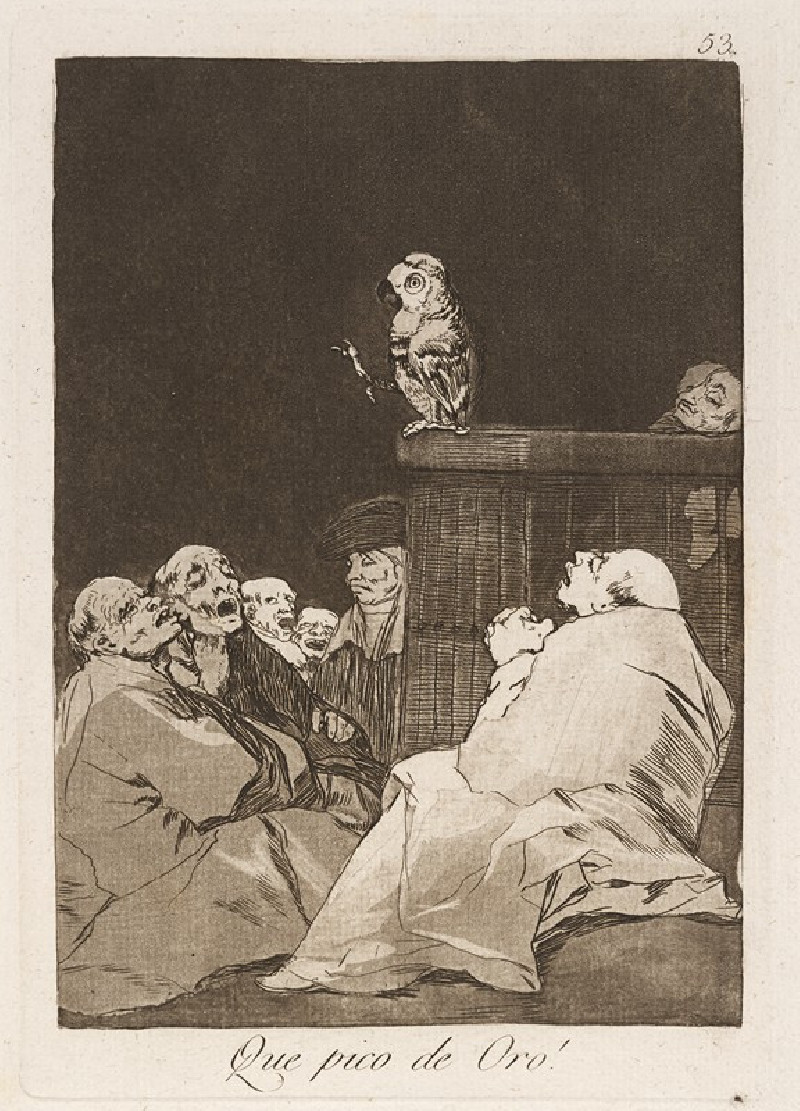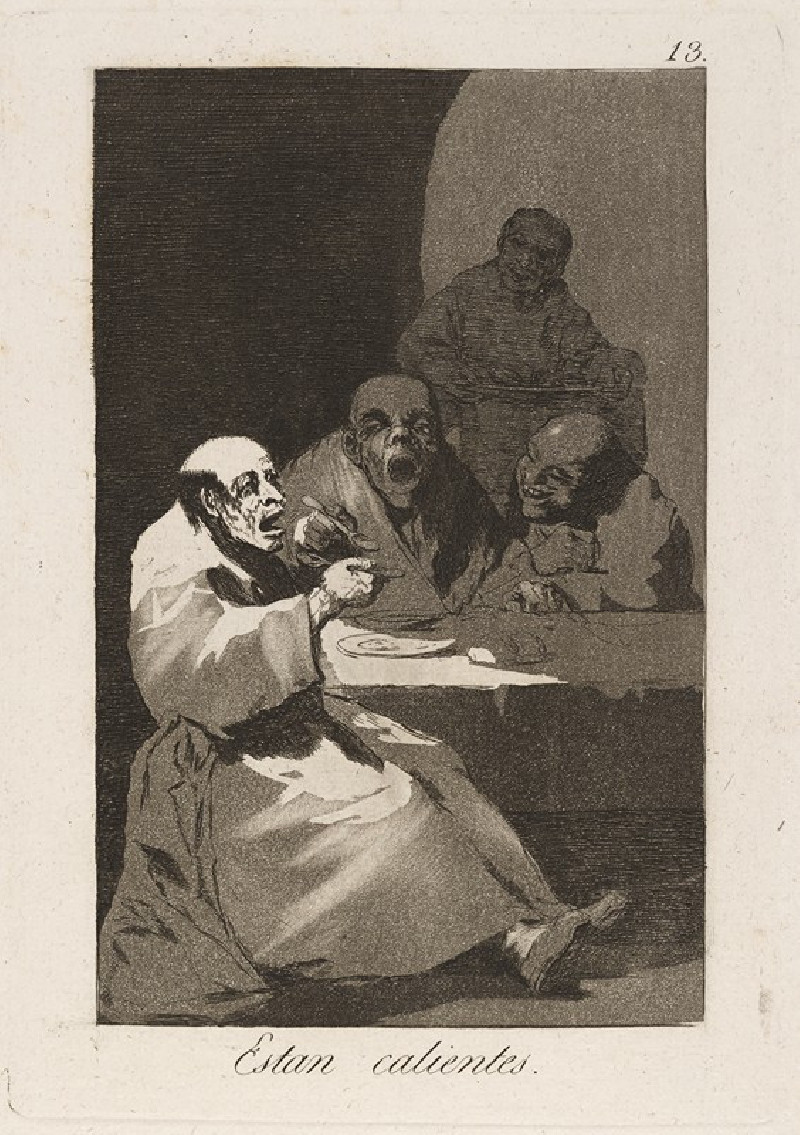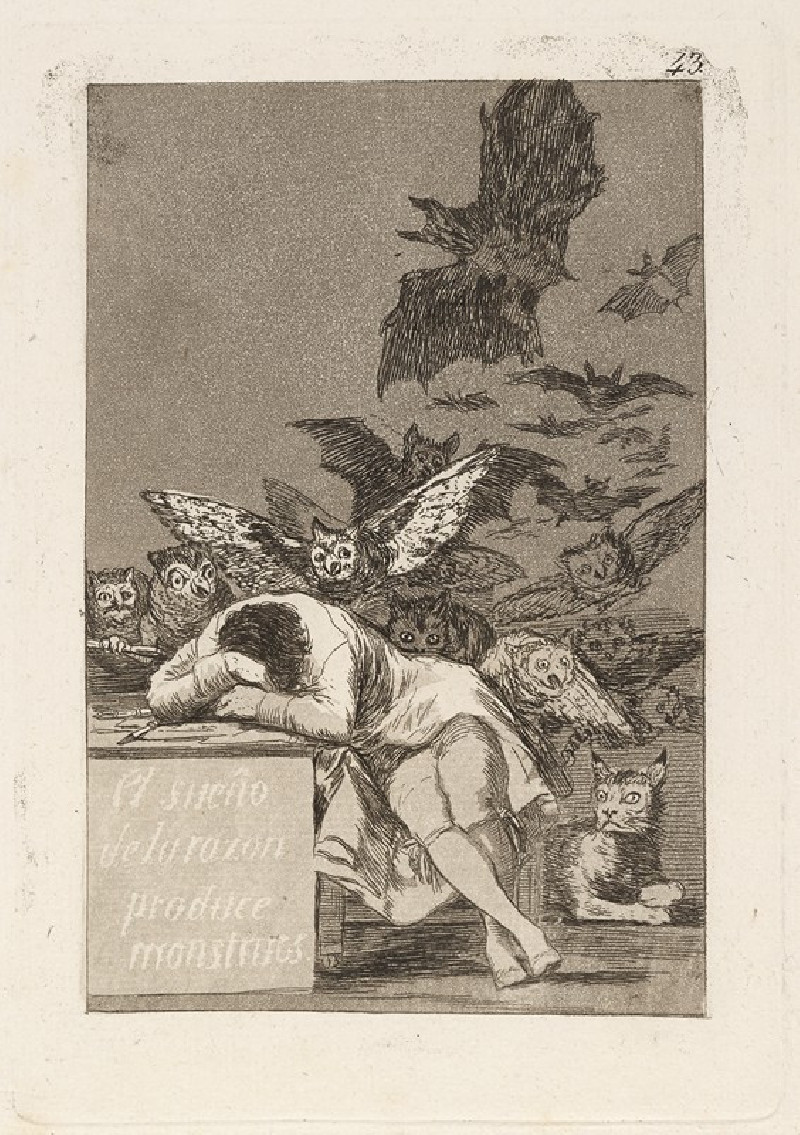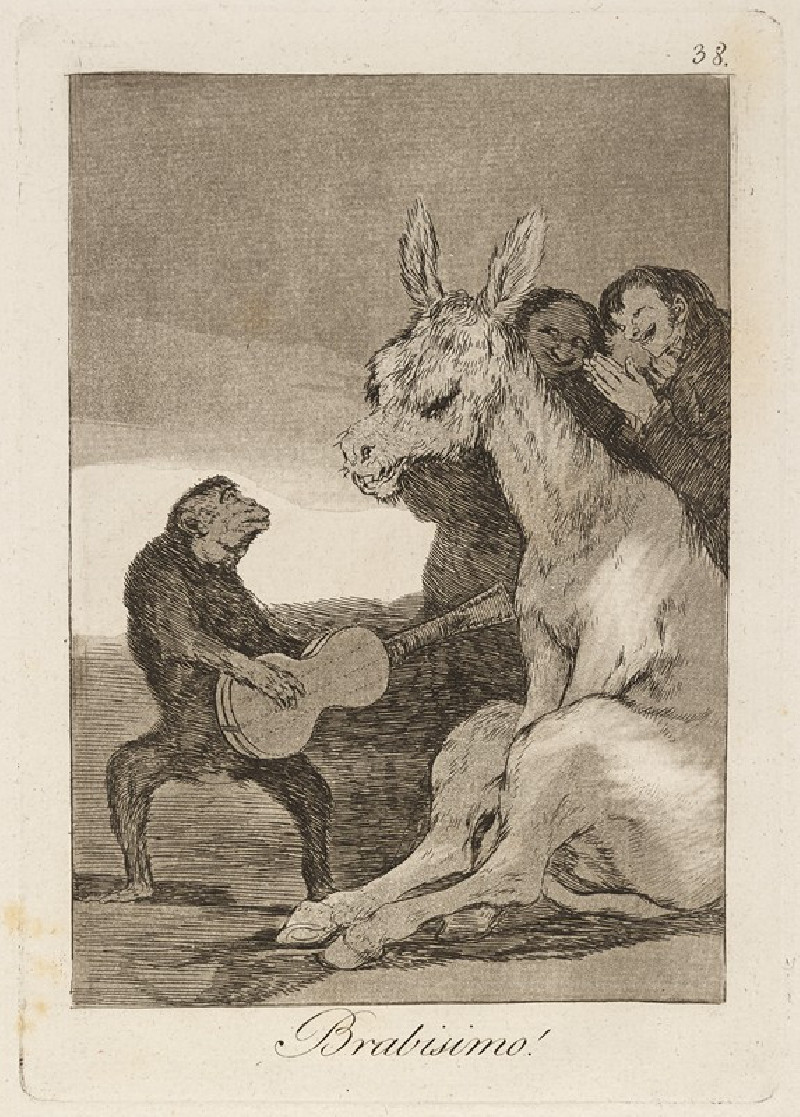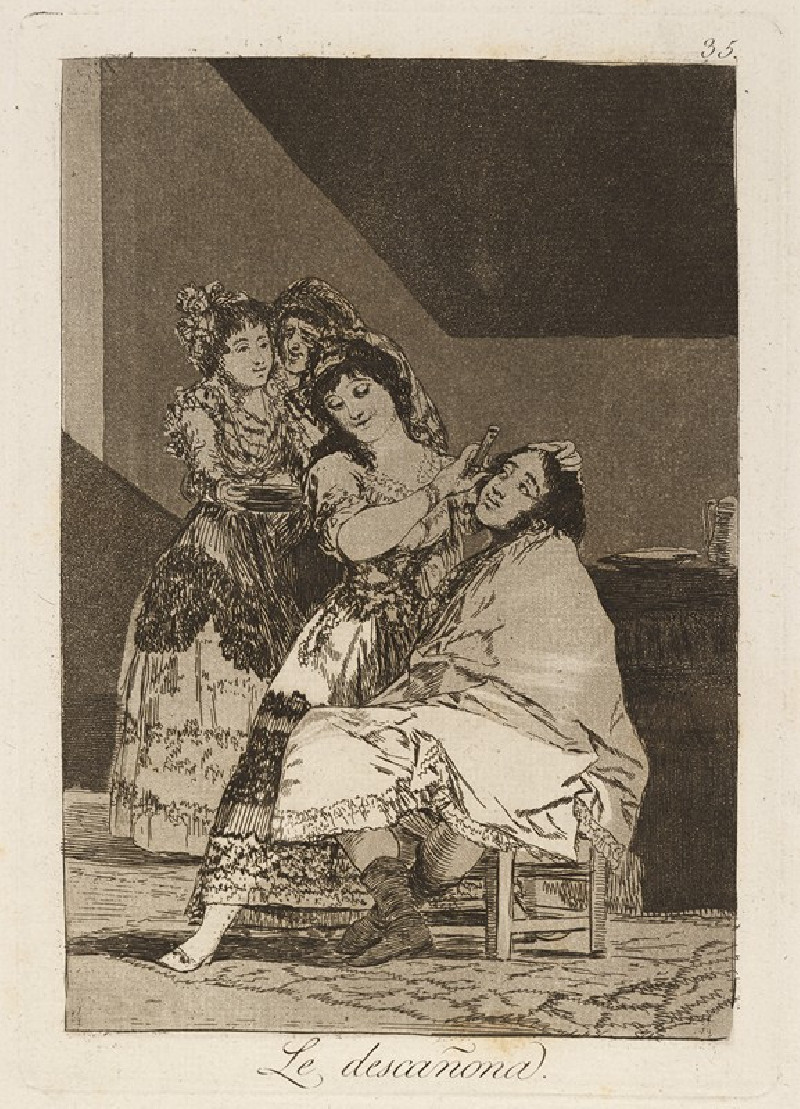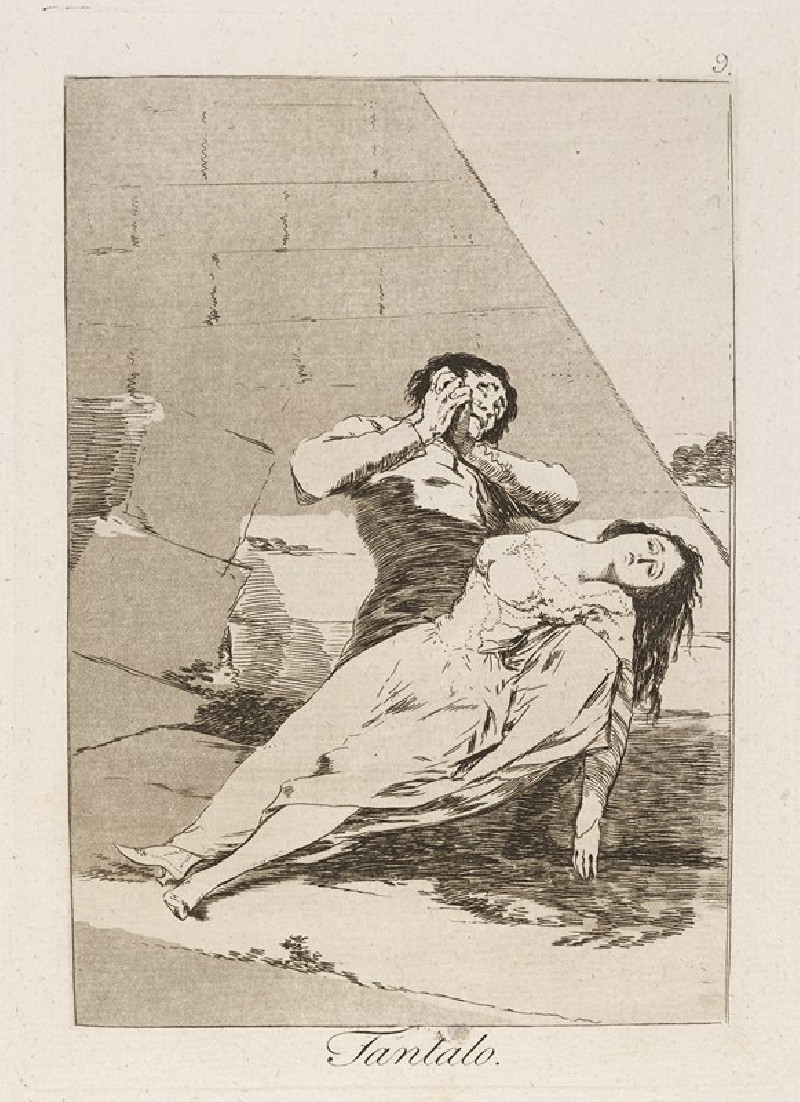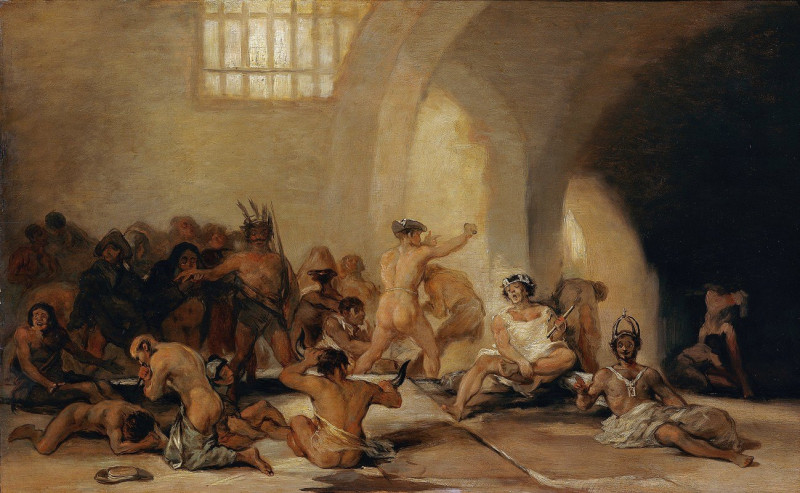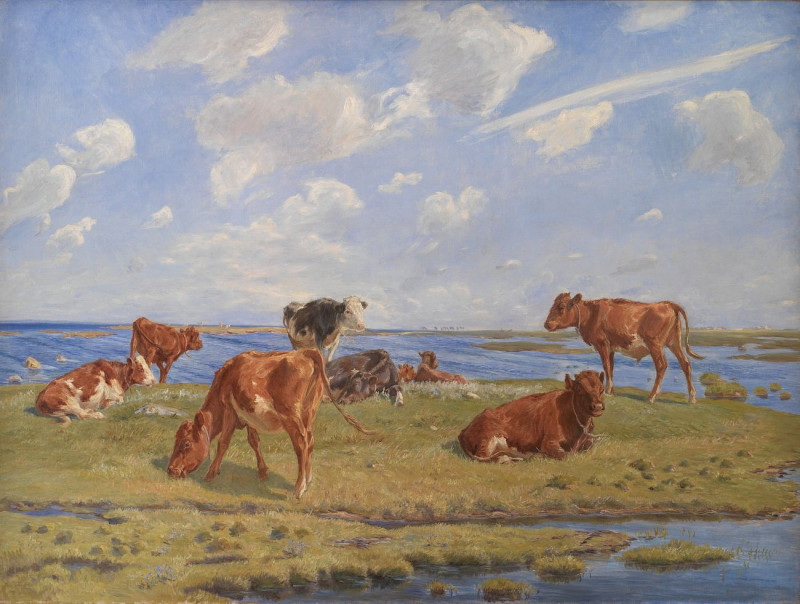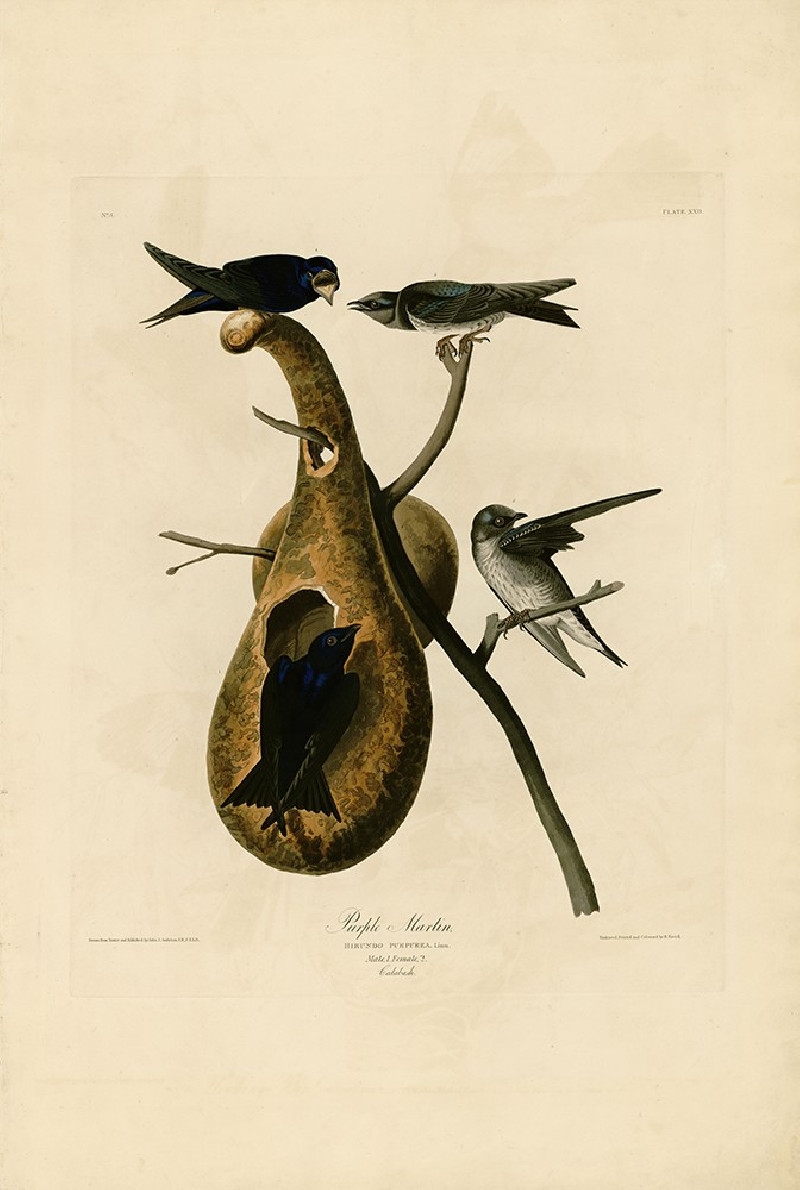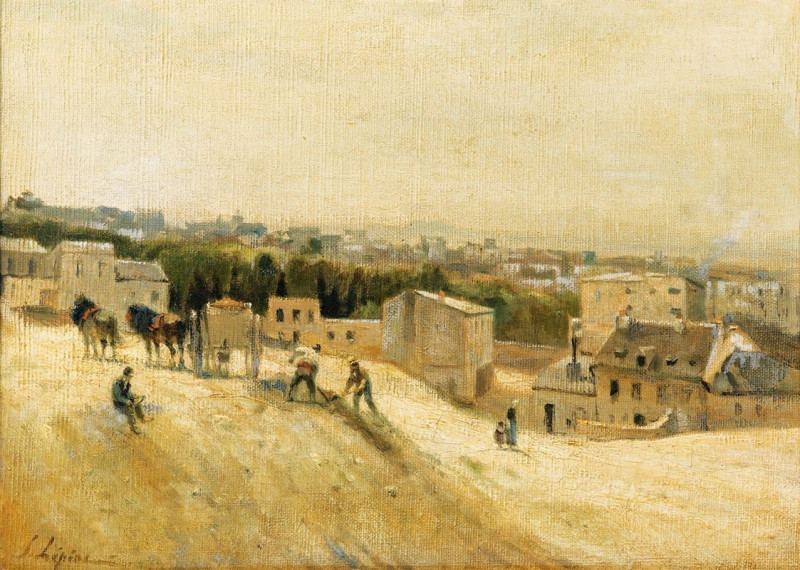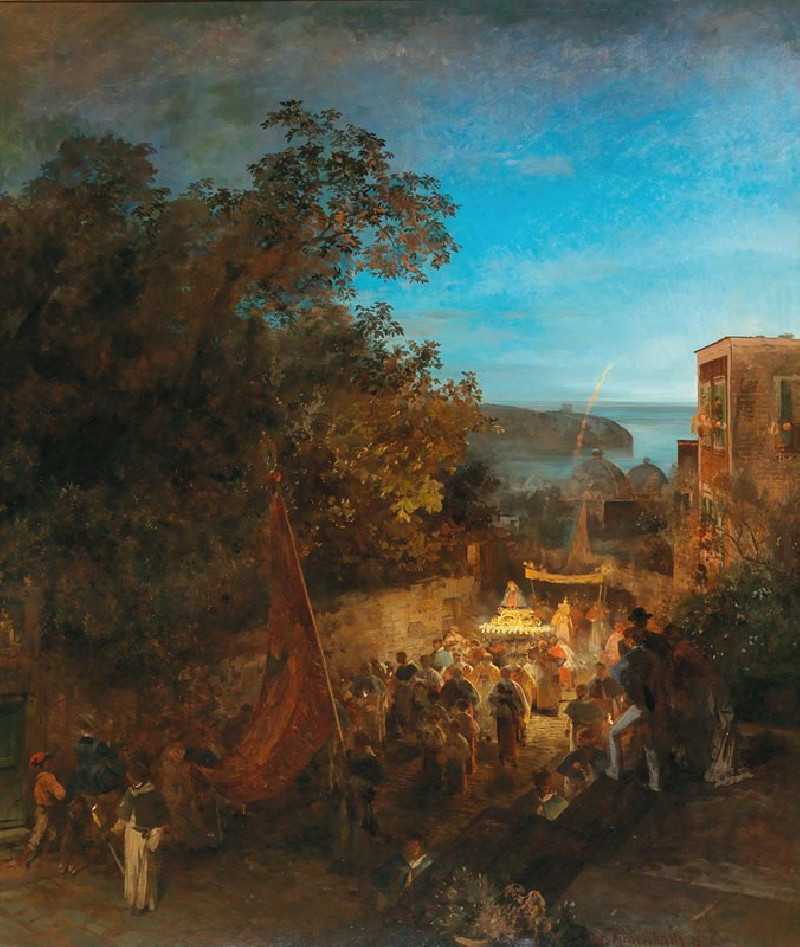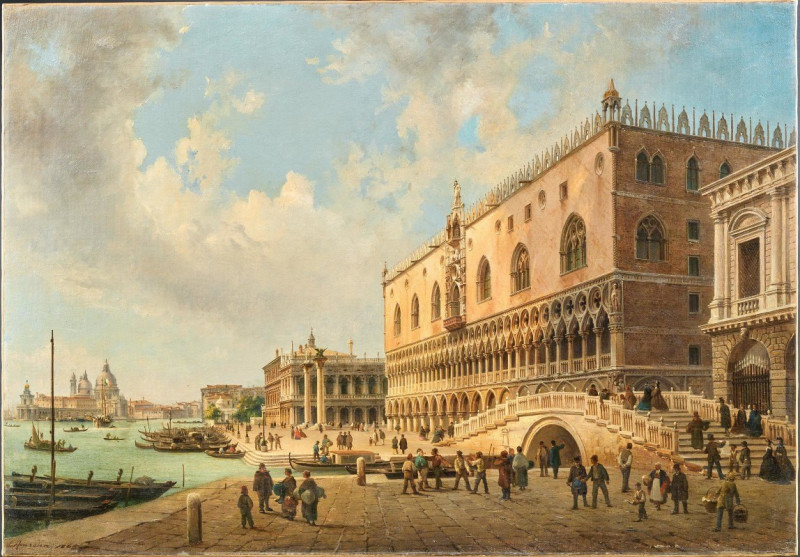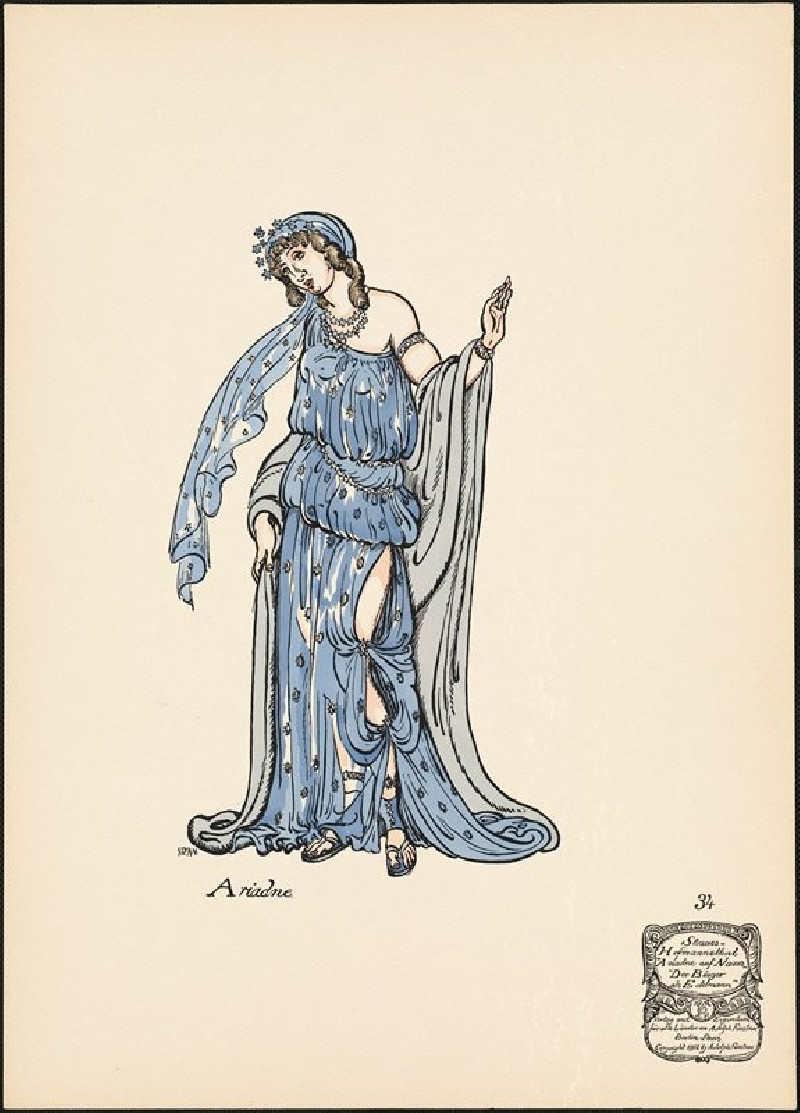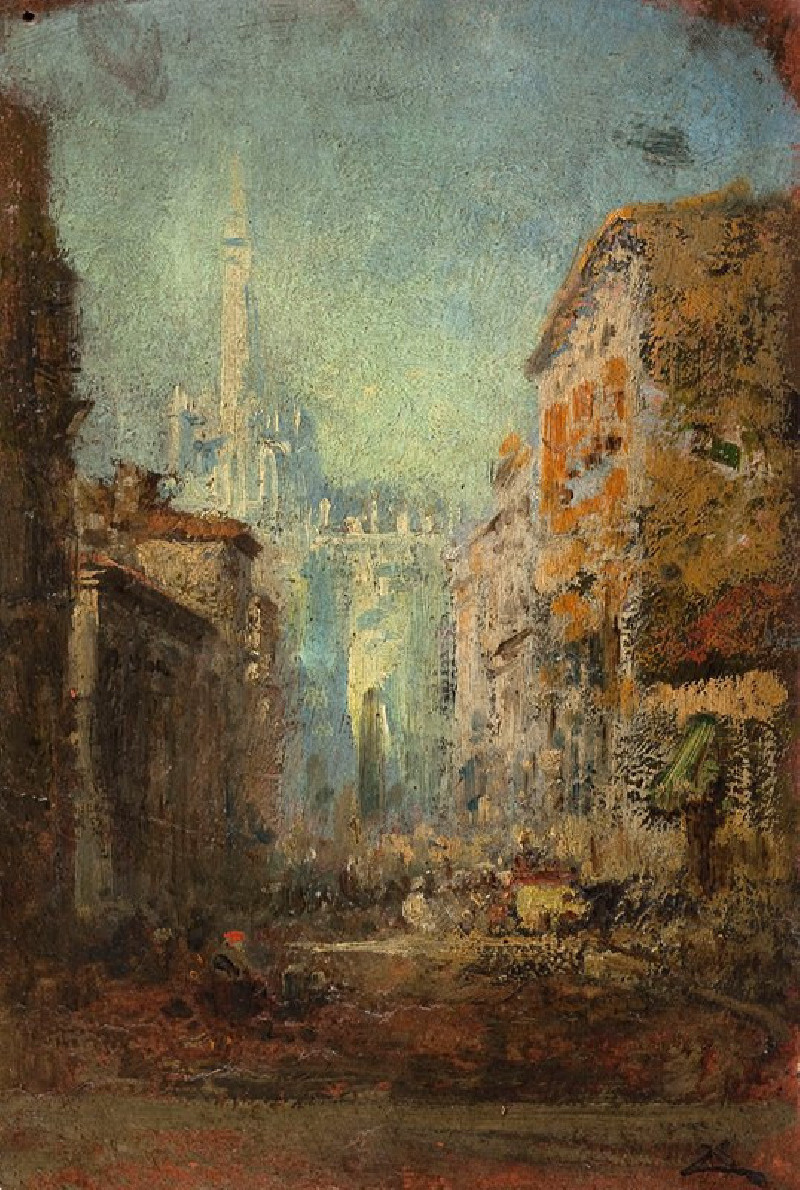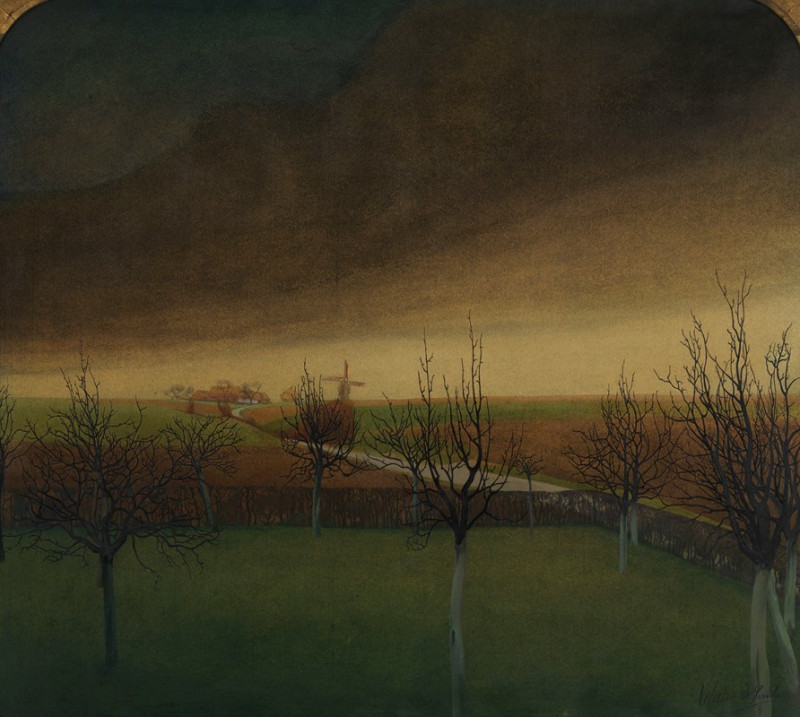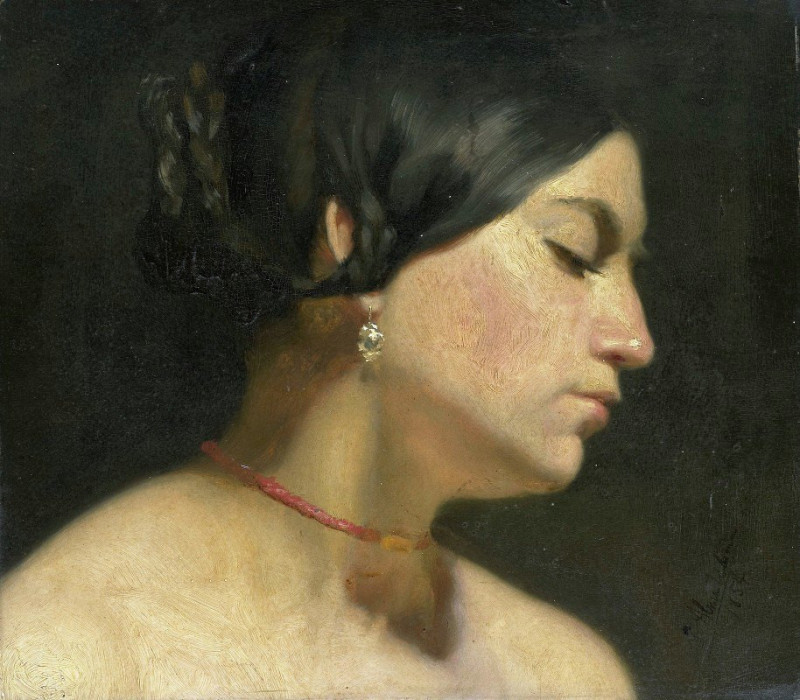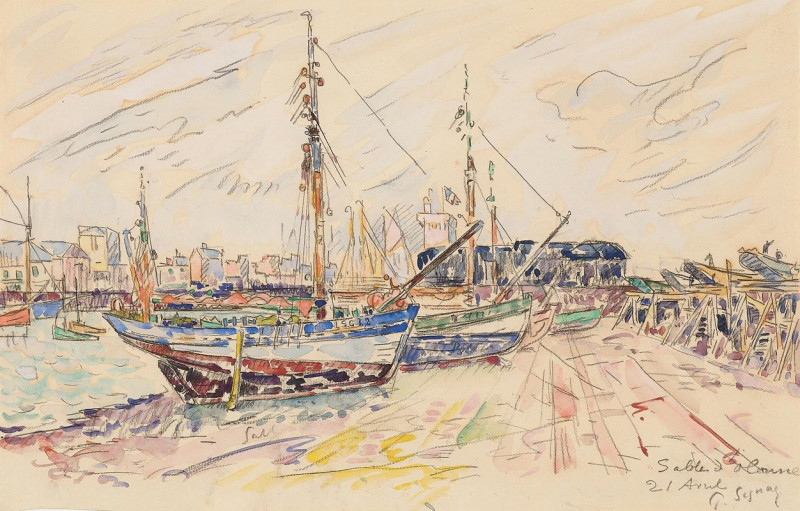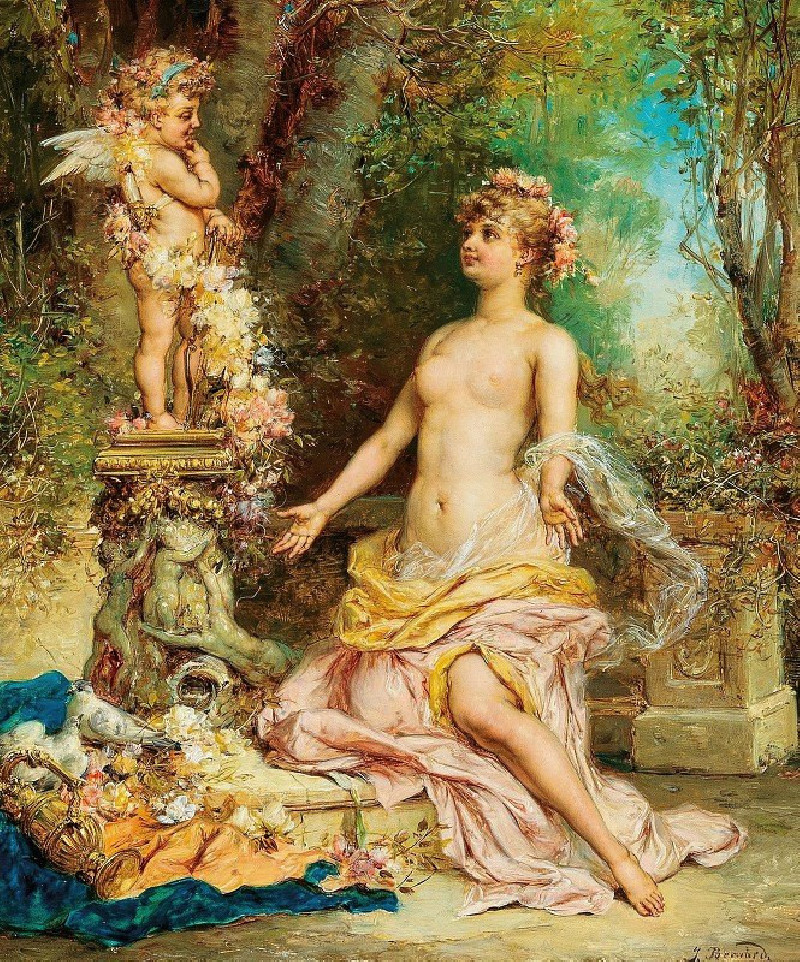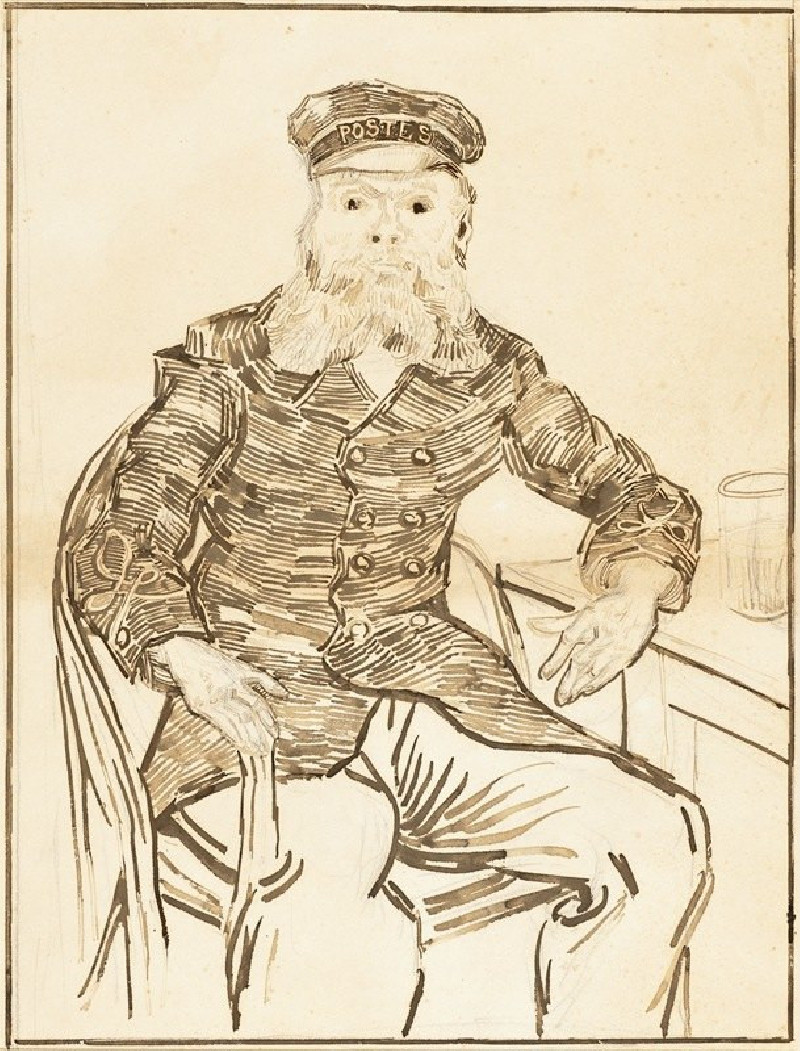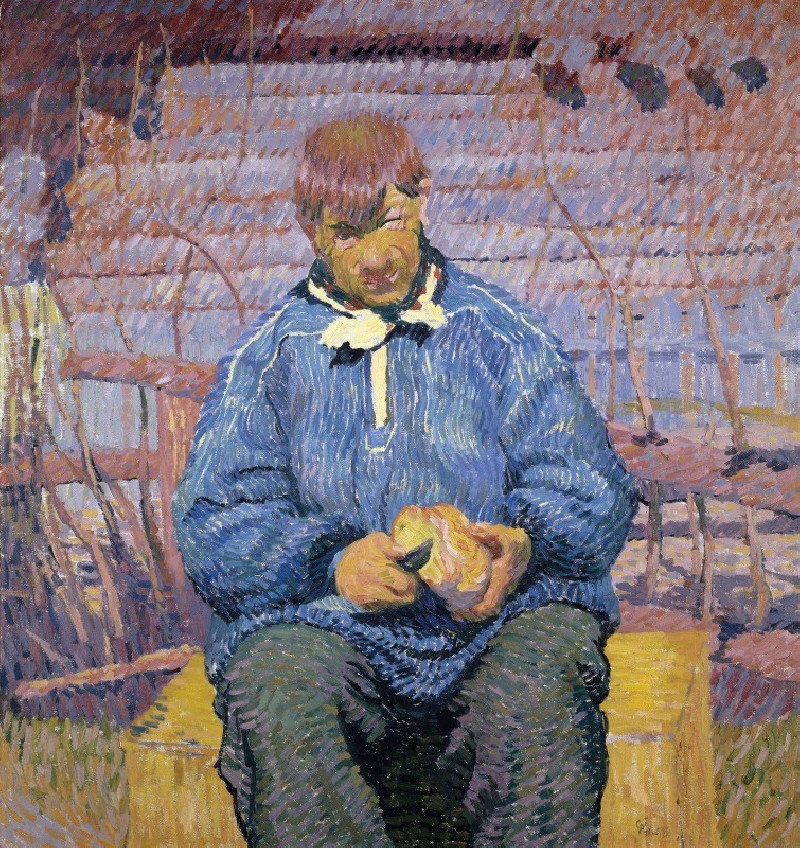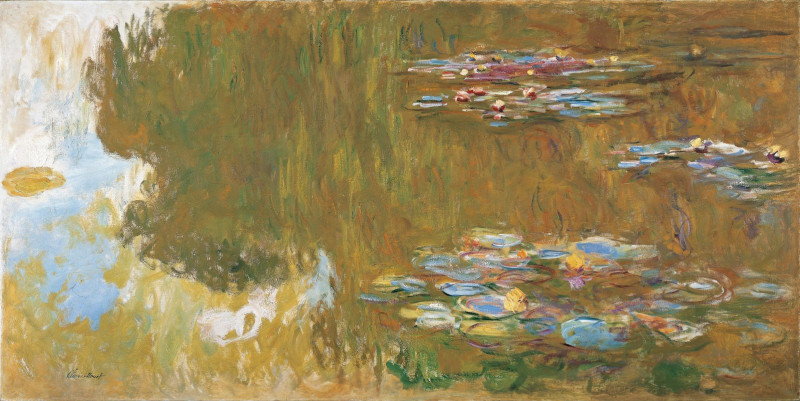Heavier Than a Dead Donkey (Pesa Mas Que un Burro Muerto) (ca. 1813-1820)
Technique: Giclée quality print
Recommended by our customers
More about this artwork
Francisco de Goya, the Spanish Romantic painter and printmaker, is famed for his penetrating portrayal of the human condition. His etching titled "Heavier Than a Dead Donkey (Pesa Mas Que un Burro Muerto)" created between 1813 and 1820, exemplifies his masterful use of the medium to express complex social realities.The etching features a scene dominated by a group of women who are laboriously trying to lift and carry a large, seemingly inanimate figure draped across a blanket. The figure is bulky and cumbersome, making the task appear both Sisyphean and tragic. Surrounding this central action are other figures: some seem to participate in the task, while others merely observe. Each character's face conveys a spectrum of emotions, from strain and determination to resignation and despair, encapsulating a vivid narrative within a single frame.Goya's choice of title, "Heavier Than a Dead Donkey," brings a layer of irony and dark humor to the image. The phrase suggests something extremely burdensome and undesirable, amplifying the absurdity and sorrow of the struggle depicted. This title, coupled with the expressiveness of the figures and the stark, gritty technique, enhances the artwork's commentary on the burdens that society, and perhaps specifically women, bear.The stark monochromatic scheme, characteristic of Goya's prints, further intensifies the scene's dramatic and emotional impact. The dark tones and rough textures underscore the heaviness of the burden and the harshness of the effort involved in carrying it.In "Heavier Than a Dead Donkey," Goya not only captures the physical weight of the load but also symbolizes the emotional and societal weights carried by the individuals.
Delivery
Returns
Francisco José de Goya y Lucientes (30 March 1746 – 16 April 1828) was a Spanish romantic painter and printmaker. He is considered the most important Spanish artist of the late 18th and early 19th centuries. His paintings, drawings, and engravings reflected contemporary historical upheavals and influenced important 19th- and 20th-century painters. Goya is often referred to as the last of the Old Masters and the first of the moderns.

